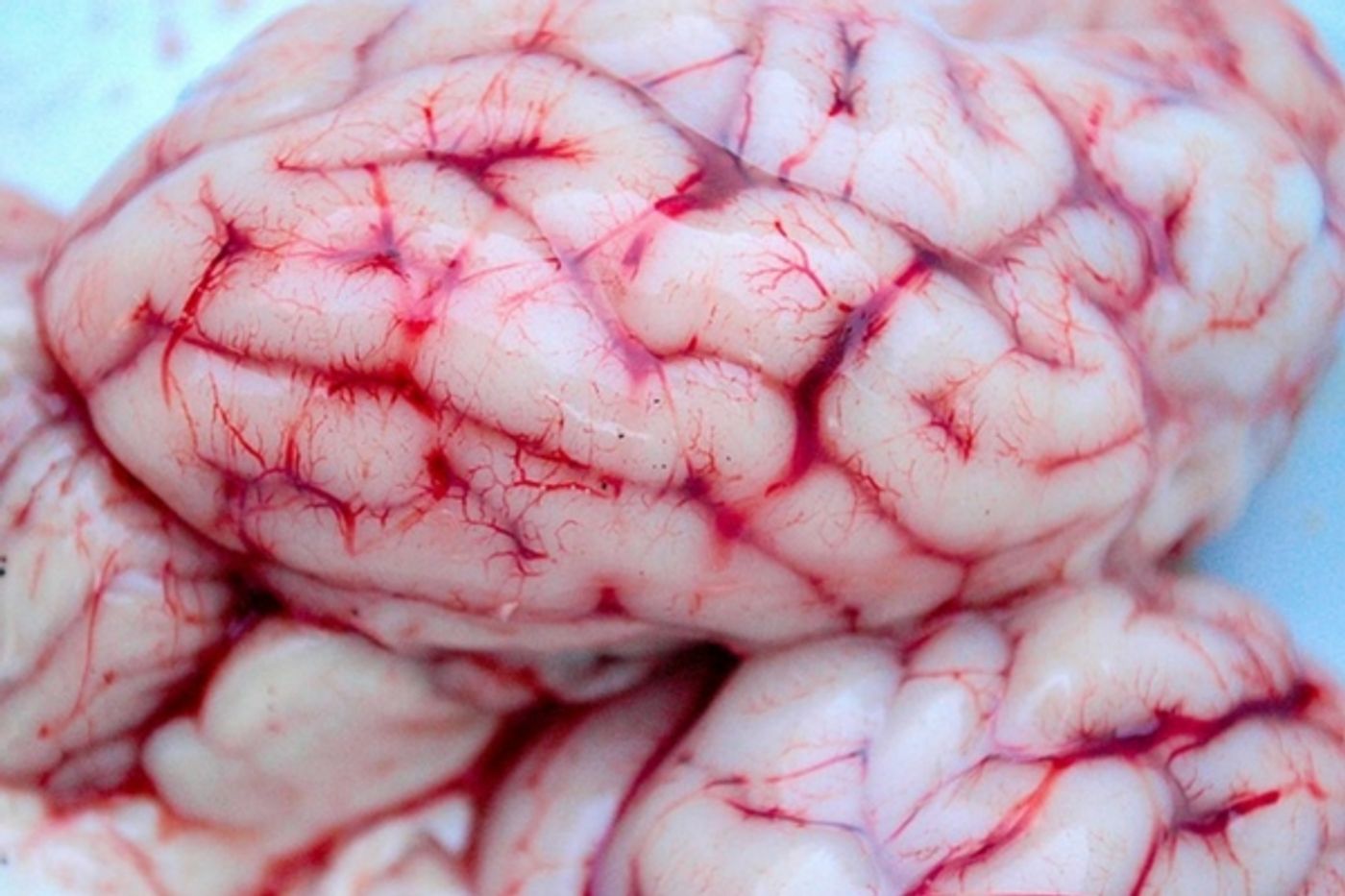New Advances In Treatment of Aggressive Brain Tumors
Brain cancer, in all of its forms, is a highly aggressive form of the disease, that has proven difficult to access and treat. Many cancer drugs cannot pass through the blood-brain barrier, and some tumors are not accessible via surgery or radiation. New research from Stanford University shows that, in a mouse model, a signaling molecule called neuroligin-3 appears to be a key player. When the protein is absent or blocked via drugs, aggressive high-grade glioma tumors will cease to grow. Researchers at the Stanford University Medical School have published a study on this protein and its effect on these devastating tumors, and their work is a glimmer of hope of for patients dealing with these devastating tumors.
Senior author of the study, Michelle Monje, MD, Ph.D., assistant professor of neurology at Stanford explained, "We thought that when we put glioma cells into a mouse brain that was neuroligin-3 deficient, that might decrease tumor growth to some measurable extent. What we found was really startling to us: For several months, these brain tumors simply didn't grow." The finding suggests that while these tumors were not eliminated, the fact that they were effectively silenced for months is significant. The statistics on these deadly tumors are daunting, to say the least. The ones the Stanford team focused on include adult glioblastoma, which is the same form of the disease that John McCain is currently battling. Other forms that were impacted were: anaplastic oligodendroglioma; pediatric glioblastoma; and a pediatric tumor called diffuse intrinsic pontine glioma (DIPG) Survival rates for these tumors are not encouraging, and treatment options are limited.
Monje's team at Stanford conducted this research as a follow-up to earlier research in 2015 that showed neuroligin-3 was a powerful fuel for these tumors. It's usually a protein that supports the ability of the brain to adapt and learn, an ability referred to as "neuroplasticity." Brains that can stretch, acquire new skills and adjust to new environments have healthy neuroplasticity, but that is the problem with many highly aggressive brain tumors. This ability that typically fuels healthy brain changes can be "hijacked" in a sense and turned around to fuel deadly disease.
In the most recent research, Monje and her colleagues used mice that were genetically engineered to lack the protein neuroligin-3. When these mice were implanted with glioma cells, instead of developing deadly tumors, the cancer cells did not metastasize. This complete stop of any cell development lasted several months. Monje explained that after an average of about 4 ½ months, the brain figured out how to get around the blockage of the cancer, so it wasn't a total success in that it did not kill the cells, but any advance in stagnating the disease is looked on as a positive result. The team also tested the neuroligin-3 deficient mice against breast tumors. However, the protein proved ineffective at shutting down those tumors, showing that its effect was unique to these particular brain tumors.
The researchers also tried experimenting with human breast cancer cells and mice lacking neuroligin-3. The deficiency of neuroligin-3 did not affect breast cancer growth, showing that the effect is specific to high-grade gliomas. While it didn't eradicate the gliomas, shutting them down, even temporarily, is a win. The team also looked at the ability of neuroligin-3 in signaling and found that it promoted gene expression that encouraged tumor growth, promoted signaling pathways in the brain as well as malignancy and cell proliferation. Finding a way to eliminate or shut it down entirely is what Monje and her team hope to achieve moving forward. Check out the video below to learn more about this exciting development in the fight against an aggressive form of brain cancer.
Sources: Stanford University, UPI, Nature









